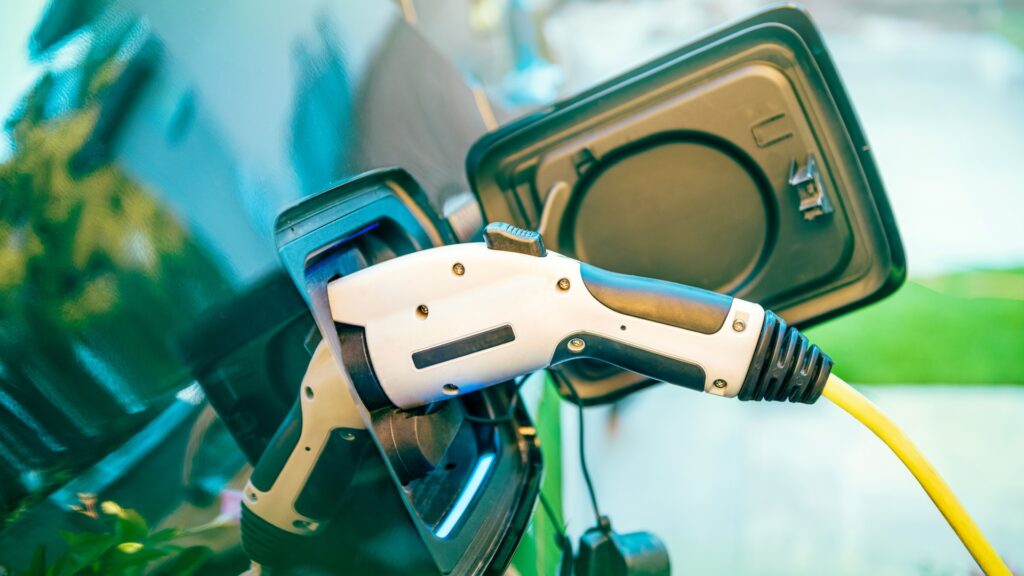As an advocate for sustainable transportation, I’ve delved into the realm of electric vehicles and their undeniable impact on the environment. In today’s fast-paced world, the shift towards electric vehicles is more than just a trend; it’s a crucial step towards reducing carbon emissions and combating climate change. The comparison between electric vehicles and traditional cars unveils a host of environmental benefits that are reshaping the automotive industry.
When considering the environmental advantages of electric vehicles over their traditional counterparts, factors such as zero tailpipe emissions, reduced greenhouse gases, and lower air pollution levels come to the forefront. The transition to electric vehicles not only promises cleaner air for our communities but also paves the way for a more sustainable future. Join me as we explore the compelling reasons why electric vehicles are leading the charge towards a greener tomorrow.
Overview of Electric Vehicles and Traditional Cars
The Rise of Electric Vehicles
I firmly believe electric vehicles are revolutionizing the automotive industry by offering sustainable and eco-friendly transportation options. These vehicles run on electricity, producing zero tailpipe emissions, which significantly reduce greenhouse gases and air pollutants.
The Current State of Traditional Cars
I acknowledge that traditional cars, powered by internal combustion engines, are still prevalent on the roads today. While they provide the convenience of widespread refueling infrastructure, they are major contributors to air pollution and climate change due to their emissions of harmful gases like carbon dioxide and nitrogen oxides.
Impact on Air Quality
Electric vehicles play a crucial role in improving air quality compared to traditional cars. Let’s delve into the specific environmental benefits they offer.
Reduction in Greenhouse Gas Emissions
Switching to electric vehicles leads to a significant reduction in greenhouse gas emissions. For instance, an electric car produces zero tailpipe emissions, unlike traditional vehicles that emit carbon dioxide and other harmful gases. By transitioning to electric vehicles, we can help combat climate change by lowering the overall carbon footprint associated with transportation.
Impact on Local Air Pollutants
Electric vehicles also have a positive impact on reducing local air pollutants. Unlike internal combustion engine cars that release pollutants like nitrogen oxides, electric vehicles contribute to cleaner air quality in urban areas. The absence of tailpipe emissions from electric vehicles helps decrease the concentration of harmful pollutants in the air, leading to improved public health and environmental quality in our communities.
Energy Efficiency and Consumption
When comparing the energy efficiency of electric engines to internal combustion engines, it’s evident that electric engines are far more efficient. Electric vehicles convert about 59%–62% of the electrical energy from the grid to power at the wheels, while traditional cars only utilize about 17%–21% of the energy stored in gasoline for driving. This significant difference in efficiency means that electric vehicles require less energy to travel the same distance as internal combustion engine vehicles.
In the context of renewable energy integration in electric vehicles, it’s essential to note that electric cars have the potential to be powered by renewable energy sources like solar, wind, and hydropower. By integrating renewable energy into the charging infrastructure, electric vehicles can further reduce their carbon footprint and overall environmental impact. This integration plays a vital role in creating a more sustainable transportation system that is not only energy-efficient but also environmentally friendly.
Lifecycle Emissions and Manufacturing Impact
Electric vehicles boast lower lifecycle emissions and a smaller manufacturing impact compared to traditional cars, contributing significantly to environmental preservation.
- Battery Production and Disposal
The production and disposal of batteries are crucial factors in assessing the environmental impact of electric vehicles. While the production of batteries for EVs requires energy and resources, advancements in technology have made the process more efficient over time. Additionally, the recycling and proper disposal of spent EV batteries can further minimize their environmental impact, promoting sustainability. - Total Lifecycle Emission Comparisons
When evaluating total lifecycle emissions, electric vehicles outperform conventional cars. The manufacturing phase of EVs may have slightly higher emissions due to battery production but is offset during the operational phase where zero tailpipe emissions contribute to lower overall greenhouse gas emissions. This shift towards cleaner energy sources makes electric vehicles a more sustainable choice for reducing environmental harm in the long run.
Policy and Economic Incentives
When it comes to promoting the adoption of electric vehicles, various policy and economic incentives play a crucial role. Governments around the world have introduced measures to encourage the use of electric vehicles and transition away from traditional gasoline-powered cars. In this section, I’ll delve into the key policy and economic incentives that drive the shift towards electric vehicles.
Government Subsidies for Electric Vehicles
Governments offer subsidies and incentives to make electric vehicles more affordable and attractive to consumers. These subsidies can come in the form of tax rebates, grants, or discounts on the purchase price of electric vehicles. By reducing the cost barrier, governments aim to stimulate the demand for electric vehicles and accelerate the transition to sustainable transportation. Additionally, some governments provide incentives for installing charging infrastructure to further support the adoption of electric vehicles.
Cost-Benefit Analysis Over Time
Conducting a cost-benefit analysis over time is essential when comparing electric vehicles to traditional cars. While electric vehicles may have a higher upfront cost due to battery technology, they often prove to be more cost-effective in the long run. Factors such as lower maintenance costs, reduced fuel expenses, and potential savings on taxes and tolls contribute to the economic benefits of electric vehicles over their lifespan. It’s important to consider not just the initial purchase price, but also the total cost of ownership and operational savings to evaluate the economic viability of electric vehicles.
Consumer Acceptance and Market Trends
I believe that examining the adoption rates and consumer preferences is crucial to understanding the trajectory of electric vehicles in the automotive market.
Adoption Rates and Consumer Preferences
I anticipate that as awareness of environmental issues grows, there will be an increase in the adoption of electric vehicles. Consumer preferences are shifting towards eco-friendly options, with many individuals valuing sustainability in their purchasing decisions. As more people recognize the benefits of electric vehicles, we can expect to see a rise in their market share. Factors such as lower operating costs, government incentives, and advancements in charging infrastructure are likely to drive higher adoption rates in the coming years.
Future Projections for Electric Vehicle Technology
I predict that the future of electric vehicle technology is promising, with continuous advancements enhancing their performance and efficiency. Innovations in battery technology are extending driving ranges, making electric vehicles more practical for everyday use. The integration of smart features and autonomous driving capabilities is set to revolutionize the driving experience. Additionally, collaborative efforts between automakers and technology companies are expected to accelerate the development of electric vehicles, further solidifying their position in the automotive industry.




